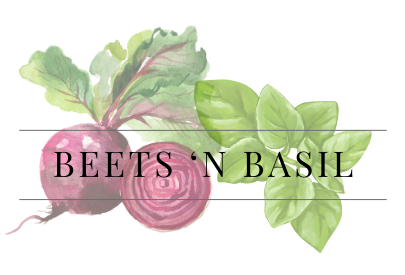
We go through pickles like crazy in our house. They are the perfect, quick snack while waiting for dinner to be ready or right before bed. Pickles are a perfect addition to deviled eggs and that wonderful crunch on burgers. Our favorite is dill pickles but we also like spicy pickles.
The history of pickles dates back thousands of years and spans multiple cultures and civilizations. Pickling is believed to have originated in Mesopotamia around 2400 BCE. People preserved cucumbers by fermenting them in acidic brine to extend their shelf life. Cleopatra reportedly ate pickles because she believed they contributed to her beauty.
Fermenting and pickling are two completely different processes and they each have their place in the kitchen. In this post I’ll be showing you an easy pickling method but I hope to post, soon, a fermenting method once I do a little more testing. 🙂
Pickling
- Involves submerging food in an acidic solution, typically vinegar, along with salt, sugar, and various spices.
- The acidity from the vinegar preserves the food by creating an environment where bacteria cannot thrive- harmful or beneficial.
- Pickling is generally a quicker process compared to fermentation. It can take anywhere from a few hours to a couple of days, depending on the recipe.
- Pickled foods can have a long shelf life, especially when properly canned and sealed.
- Pickled foods have a tangy, acidic taste due to the vinegar. The flavor can be customized with different spices and herbs.
When I quick pickle cucumbers I use Mrs. Wages® Quick Process Pickle Mix with white vinegar and water. It’s a super simple process and the pickles are ready in about 24 hours. I typically cut the recipe by three to make two 32oz jars of pickle spears.

Pickling Tips
- Remove the Blossom End: The blossom end of the cucumber contains enzymes that can make pickles soft and less crunchy. By cutting off the blossom end, you eliminate these enzymes, leading to crisper pickles.
- Use Fresh, Firm Cucumbers: Pickle cucumbers as soon after harvest as possible. Fresh, firm cucumbers will naturally yield crunchier pickles. Small, bumpy cucumbers like Kirby or pickling cucumbers work best.
- Use Cold Water for Rinsing: Rinse cucumbers in cold water before pickling to remove any dirt and cool the cucumbers, which also helps keep them firm.
- Use nonreactive pot: It is imperative you use a nonreactive pot for pickling liquid. See notes at the bottom of the recipe card.
- Let Pickles Rest: For refrigerator or quick pickles, let them sit in the fridge for at least 24 hours before eating. This allows the flavors to meld and enhances the taste.
Quick Pickles
Course: RecipesDifficulty: Easy3
32oz Jars30
minutes
These quick pickles, made with Mrs. Wages® Quick Pickle Mix, are the perfect balance of tangy, sweet, and savory, offering a fast and easy way to enjoy homemade pickles in just a few hours. With minimal prep, they deliver fresh, crunchy bites that add a burst of flavor to any meal.
Ingredients
3lbs pickling cucumbers
2 cups white vinegar (5% acidity preferred)
4 cups filtered water
1/3 pouch Mrs. Wages® Kosher Dill Pickles Mix
Directions
- Sterilize Jars.
- Wash cucumbers, cut off blossom end, and discard. Slice into spears or chips as preferred. )
- Pack cucumbers into both mason jars just to the shoulder, leaving room to cover the cucumbers with liquid.
- In a nonreactive pot (see notes) combine vinegar, water, and pickling mix. Stir constantly, bring to a boil, and remove from heat.
- Pour liquid into both jars, completely covering cucumbers.
- Depending on how you want to store your pickles you can put the jars directly in the refrigerator to be eaten immediately or put them in a boiling water bath for 15 minutes to seal the lid and store for up to 1 year. *Jars that don’t property seal after a water bath need to be stored in the refrigerator. Pickles will be ready to eat in 24 hours.
Notes
- Cucumbers: I prefer using Persian cucumbers because the skins are thinner allowing the cucumbers to absorb the brine better.
- Cutting the cucumbers: Be sure to cut off and discard the blossom end of the cucumbers to ensure you have crispier pickles. The blossom end contains enzymes that can cause the cucumber to soften during the pickling process. These enzymes, particularly pectinase, break down pectin, which is a structural polysaccharide in the cucumber’s cell walls.
- Nonreactive pot: Using a nonreactive pot when making pickling liquid means choosing cookware that will not chemically react with the vinegar. Reactive materials like aluminum, copper, and cast iron can interact with acids, potentially altering the flavor of the food and causing undesirable changes to the cookware itself. I suggest using stainless steel, enamel-coated cast iron or ceramic.

